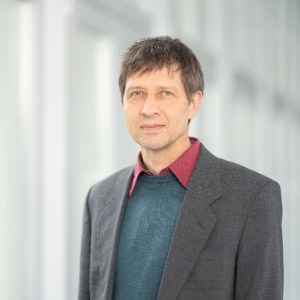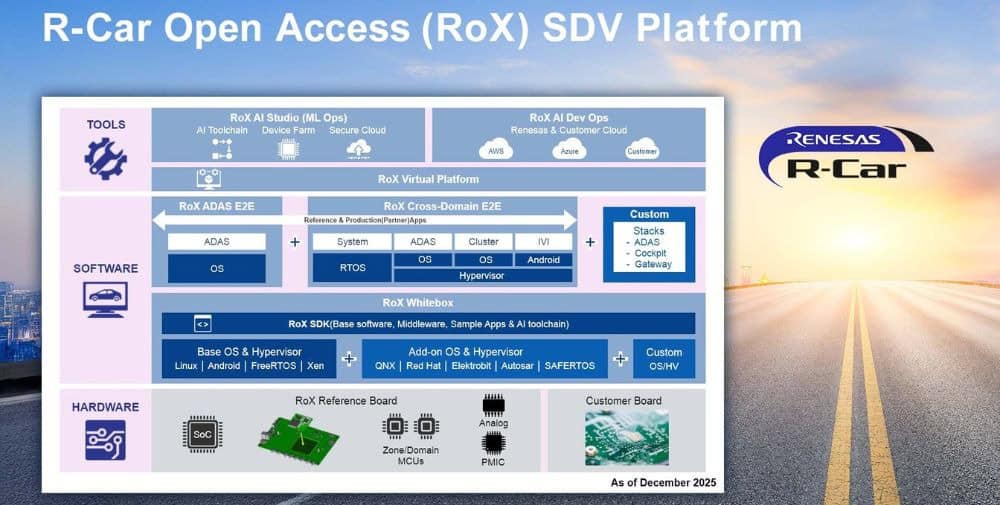Light modulators are used in applications such as optical imaging or laser control and communication to regulate and control the intensity, phase or polarisation of light. High-speed light modulation is also used in applications such as high-resolution displays, augmented reality (AR) and VR glasses. This allows clear images with low motion blur and a high refresh rate to be generated, resulting in an enhanced visual experience.
Fraunhofer FEP has been developing microdisplays based on OLED-on-silicon technology for many years, which are designed specifically for each application. For AR and VR applications with high refresh rates, various displays with a sophisticated combination of power-saving backplane and optimized pixel densities have already been realized at the institute in recent years.
Philipp Wartenberg, Head of IC and System Design, explains the latest developments: “Our newly developed backplane architecture greatly expands the possibilities for light modulation and exceeds previous refresh rates many times over. This is made possible by the integration of a complete frame buffer and a high-speed interface to the pixel matrix. This architecture enables a data transfer rate of up to 576 Gbit/s to a pixel array with a resolution of 1440 × 1080 pixels and a pixel size of 2.5 µm for LCOS, OLED and micro-LED frontplanes.”
In order to be able to offer application and customer-specific developments in addition to OLED-on-silicon technology to future partners and customers, the scientists at Fraunhofer FEP have designed the pixel control in such a way that it can serve various other front-plane technologies such as micro-LED or LCOS. The latter is particularly interesting for optical modulation applications.
Light modulators are used in applications such as optical imaging or laser control and communication to regulate and control the intensity, phase or polarisation of light. High-speed light modulation is also used in applications such as high-resolution displays, augmented reality (AR) and VR glasses. This allows clear images with low motion blur and a high refresh rate to be generated, resulting in an enhanced visual experience.
Fraunhofer FEP has been developing microdisplays based on OLED-on-silicon technology for many years, which are designed specifically for each application. For AR and VR applications with high refresh rates, various displays with a sophisticated combination of power-saving backplane and optimized pixel densities have already been realized at the institute in recent years.
Philipp Wartenberg, Head of IC and System Design, explains the latest developments: “Our newly developed backplane architecture greatly expands the possibilities for light modulation and exceeds previous refresh rates many times over. This is made possible by the integration of a complete frame buffer and a high-speed interface to the pixel matrix. This architecture enables a data transfer rate of up to 576 Gbit/s to a pixel array with a resolution of 1440 × 1080 pixels and a pixel size of 2.5 µm for LCOS, OLED and micro-LED frontplanes.”
In order to be able to offer application and customer-specific developments in addition to OLED-on-silicon technology to future partners and customers, the scientists at Fraunhofer FEP have designed the pixel control in such a way that it can serve various other front-plane technologies such as micro-LED or LCOS. The latter is particularly interesting for optical modulation applications.





